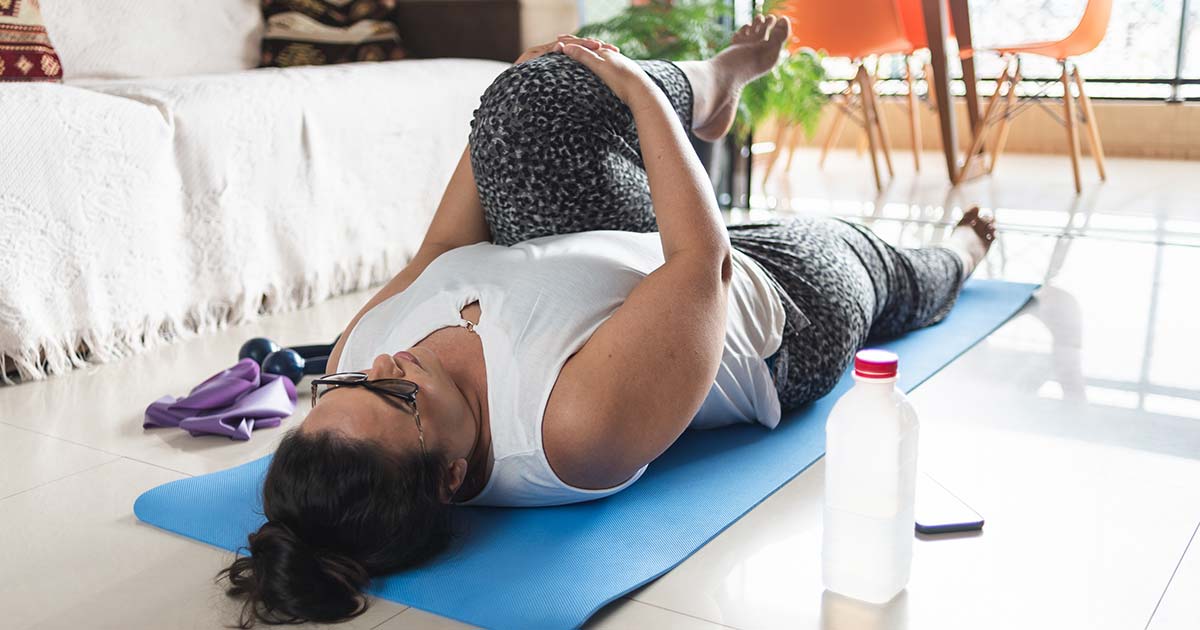Why Yoga Is Beneficial for Overhead Athletes
Advice to improve your movement, fitness, and overall health from the world's #1 in orthopedics.
For throwing athletes, strength in the lower body and core is essential to generate power. In order to maximize that strength and power, athletes also need good mobility in their hips, thoracic spine (part of the spine where the ribs attach) and shoulders. Certain yoga poses can help maintain joint mobility throughout the body as well as teach athletes how to use that power and strength through transitional motions.
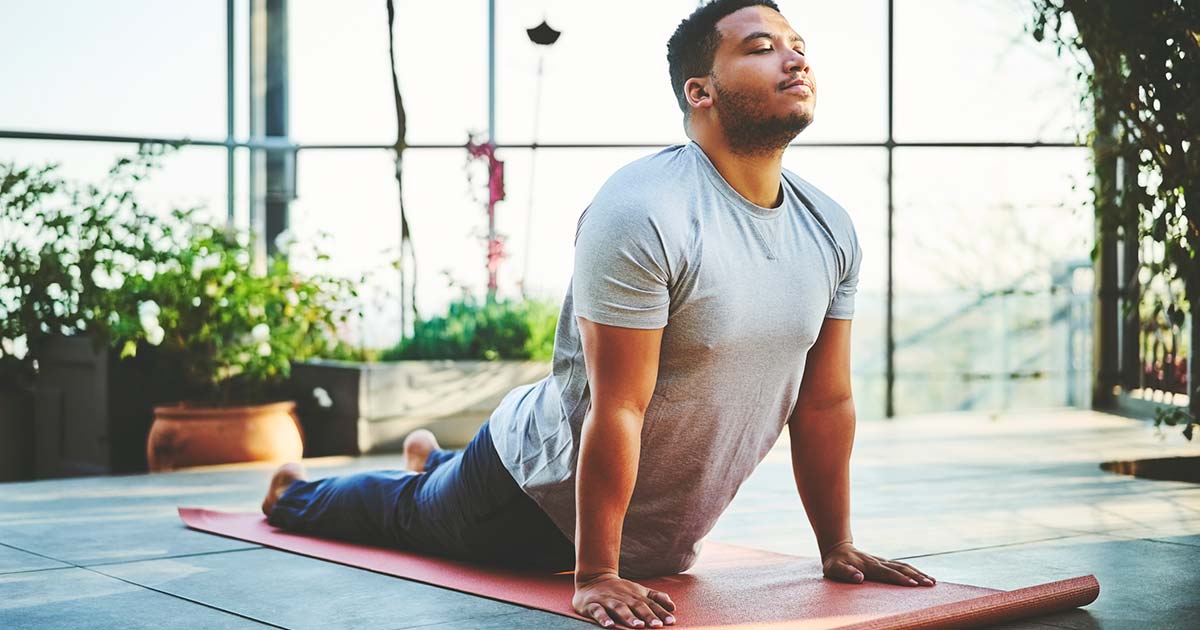
Thoracic Spine
Having mobility in the cocking phase (the part of the throwing/hitting motion when the arm is behind the body) allows athletes to better utilize the potential energy stored in their body. Postures that allow for mobility of the upper back include thread the needle (pictured below), supine twist, revolved triangle and a revolved high lunge. These poses can also help build control, strength and balance.
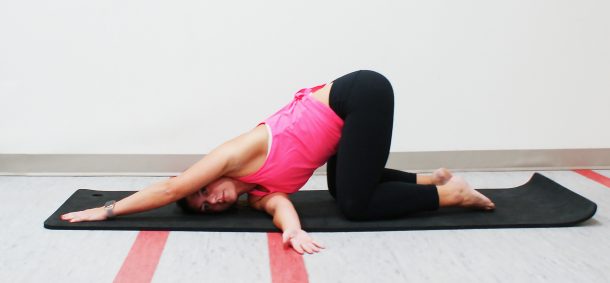
Shoulders
Without good flexibility, overhead athletes are at risk of putting extra pressure on the structures around the shoulder joint like the labrum and rotator cuff tendons. Many overhead athletes lack shoulder internal rotation (or the shoulder motion to tuck in a shirt or put on a bra for example) because they need so much external rotation for their throw (during the wind-up/cocking phase). Postures like eagle and Gomukhasana (pictured below) help maintain and improve internal rotation flexibility.
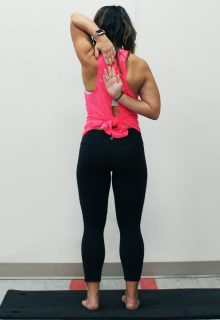
Exercises like plank (pictured below), side plank and dolphin can help with shoulder stability by activating the shoulder blade muscles and the rotator cuff. As an extra challenge, transitioning from downward facing dog to plank teaches your shoulders to control stability with movement.
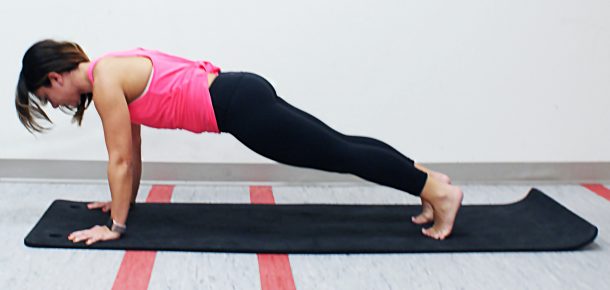
If you’re interested in adding yoga to your fitness routine, seek out a certified yoga instructor in your area, preferably one with some experience working with overhead athletes. A qualified instructor will know which poses align best with your particular sport, as well as how to incorporate them into an effective sequence, and help you achieve correct alignment and avoid injury as you’re learning how to move your body in a new way.


